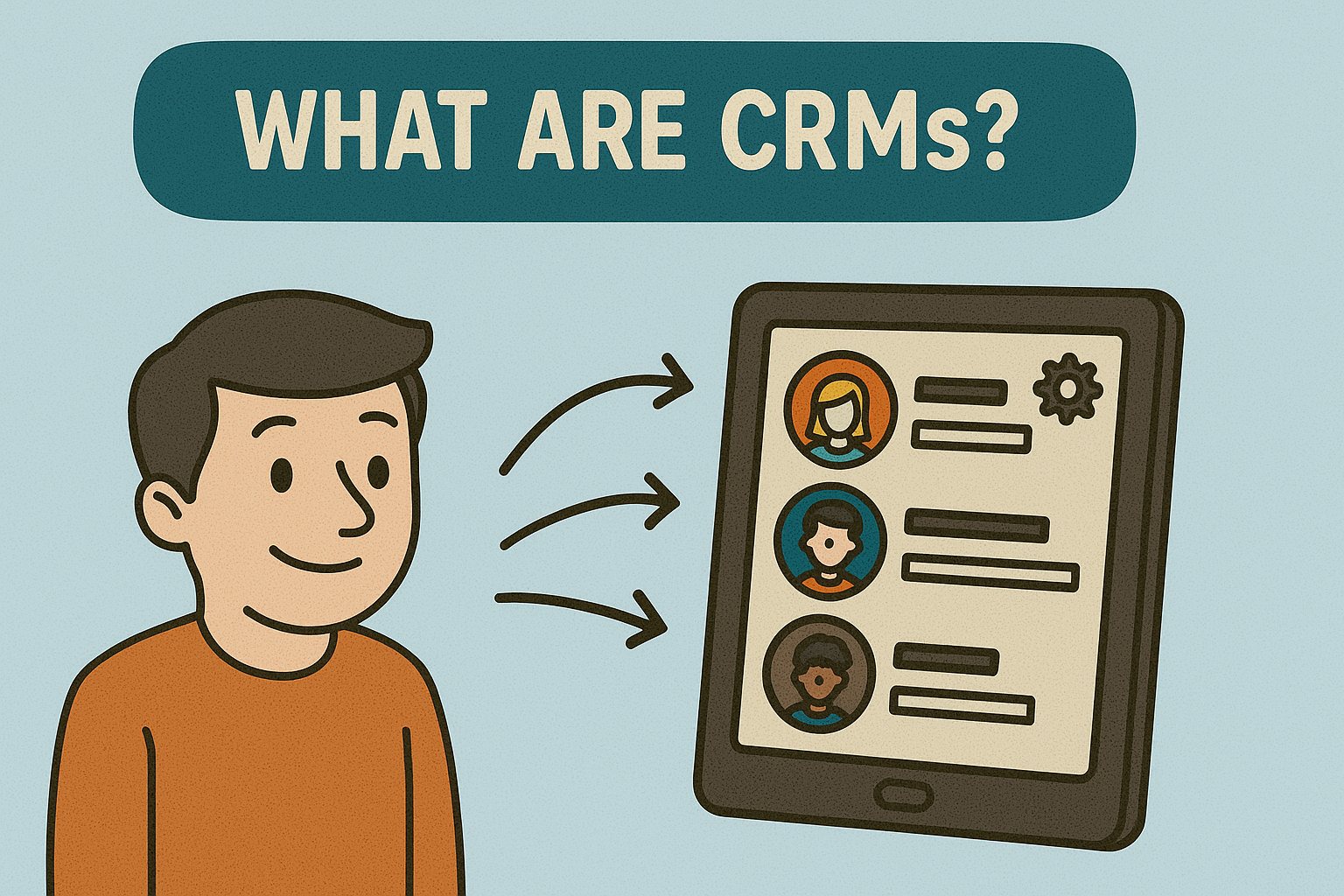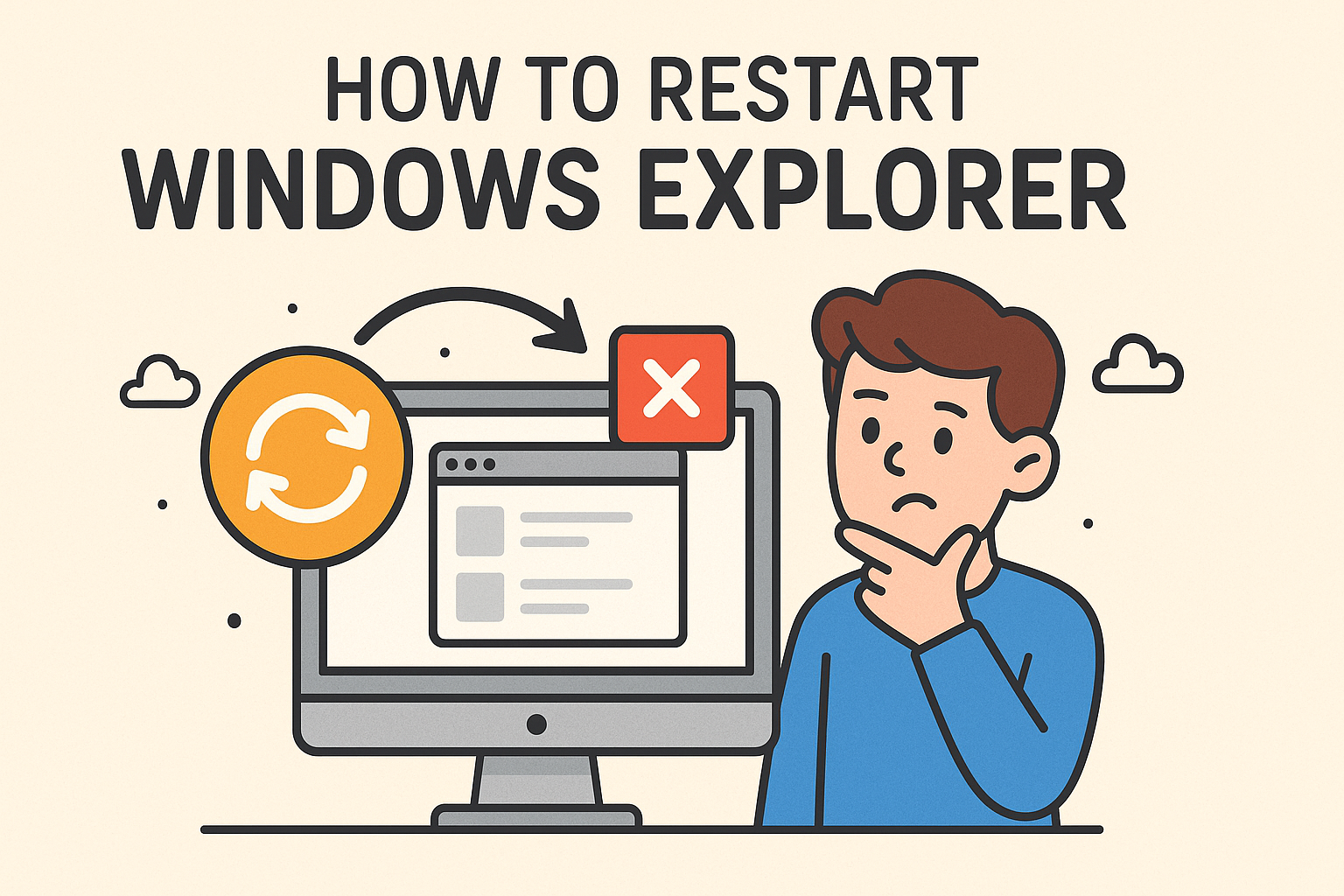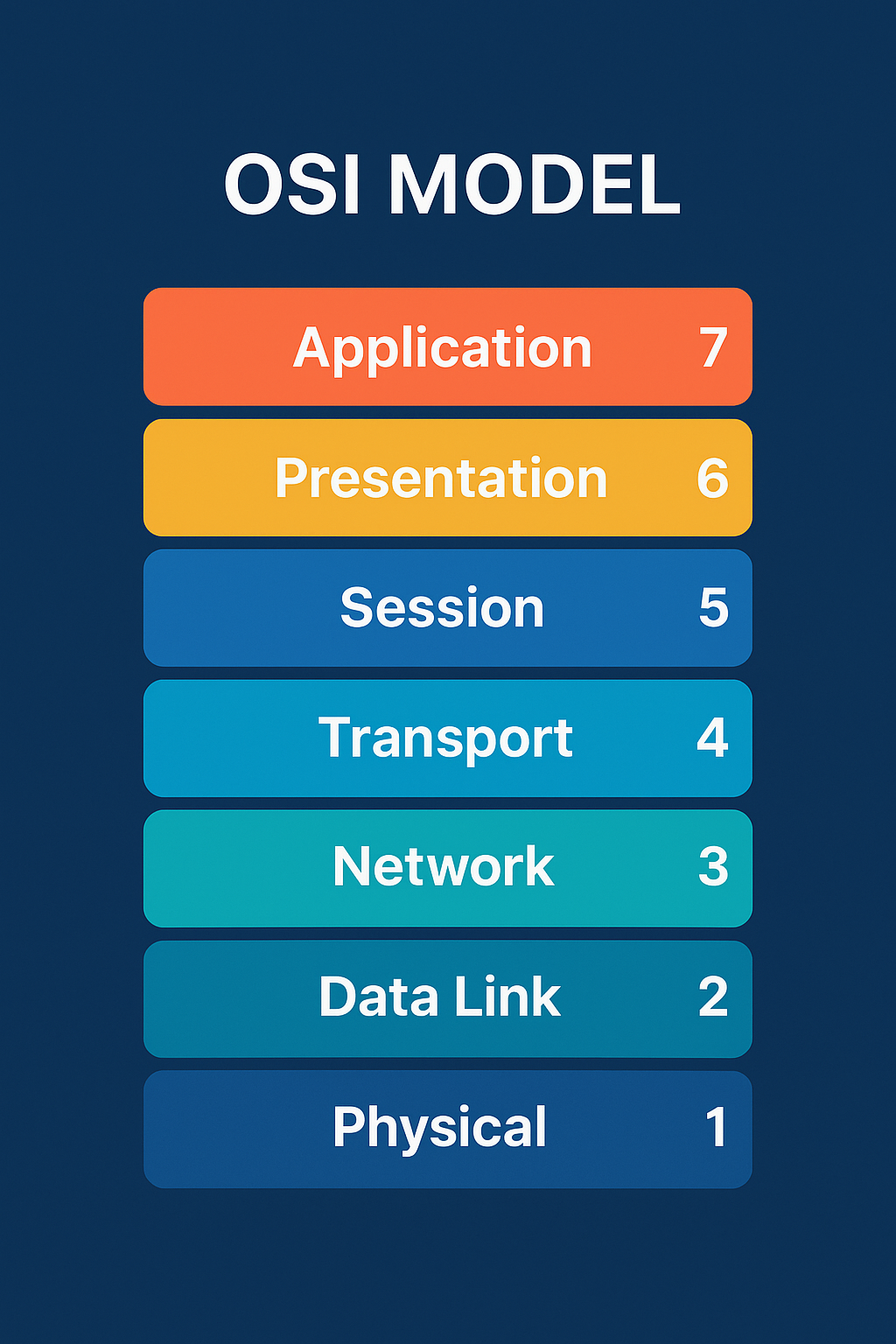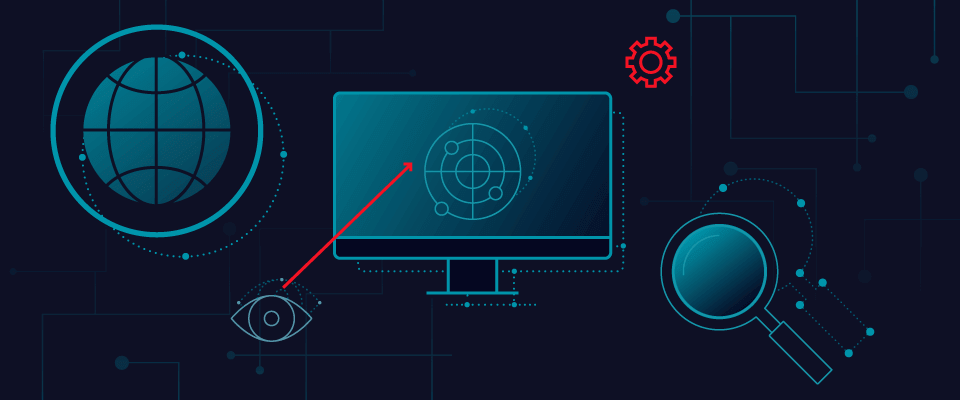What Is Telemedicine? A Complete Guide for Modern Businesses and Security Leaders
Updated on August 25, 2025, by Xcitium
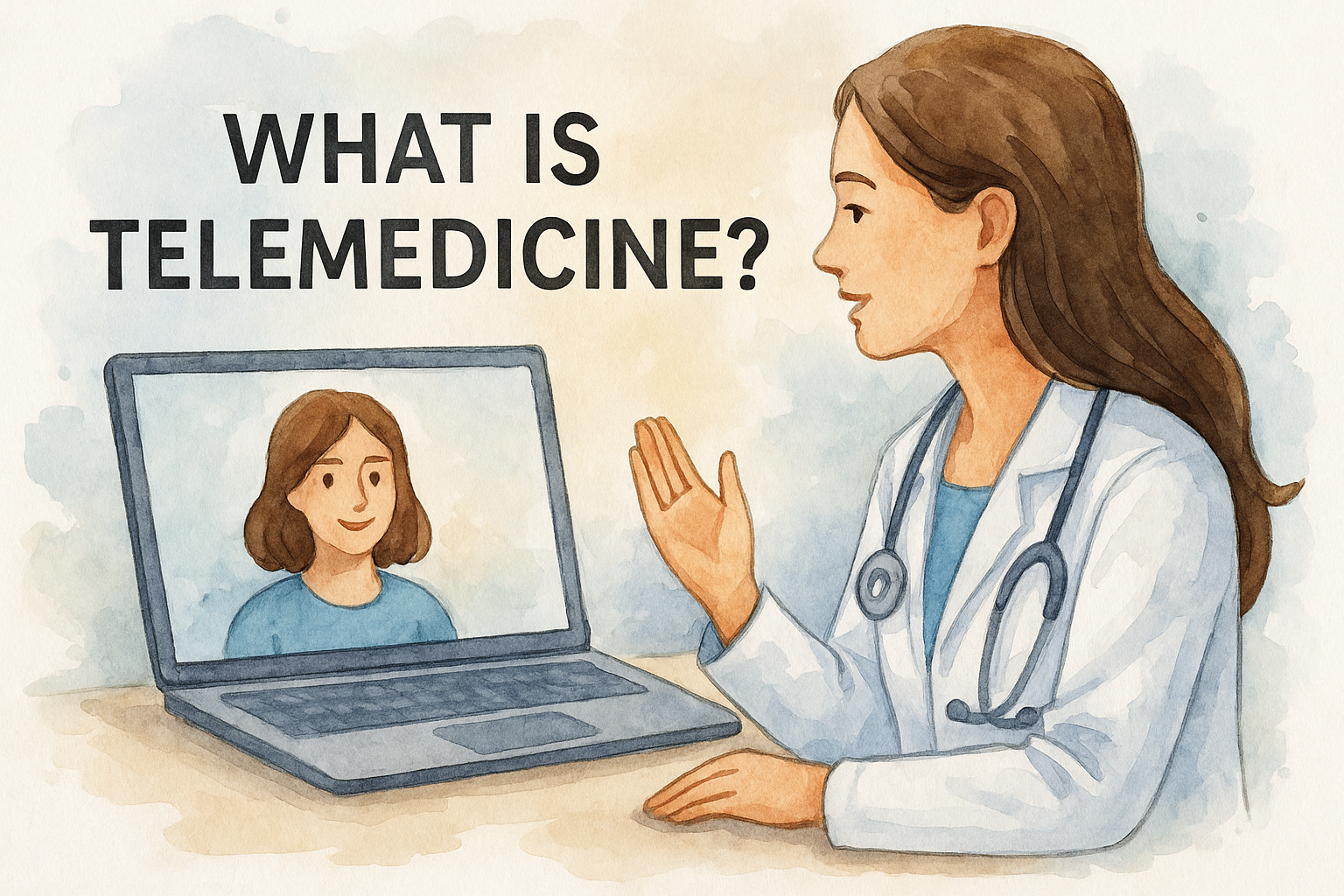
Have you ever wondered: what is telemedicine and why is everyone talking about it? In simple terms, telemedicine is the use of digital technology to deliver healthcare services remotely. What once required a trip to the doctor’s office can now be done through a secure video call, mobile app, or online platform.
According to McKinsey, telemedicine usage is now 38 times higher than before the pandemic, reshaping industries from healthcare and insurance to IT security. For executives, IT managers, and business leaders, telemedicine is not just about healthcare delivery — it’s about data security, compliance, and safeguarding patient trust in a highly connected world.
What Is Telemedicine? A Simple Definition
Telemedicine is the practice of providing clinical healthcare services remotely using telecommunications technology. Unlike traditional in-person visits, patients and providers connect via secure digital platforms.
Key Features of Telemedicine:
- Remote Care: Consultations without physical presence.
- Digital Communication: Video calls, secure messaging, or telehealth apps.
- Data Transmission: Sharing medical records, test results, and prescriptions online.
- Accessibility: Bridging the gap for patients in remote or underserved areas.
In cybersecurity and IT terms, telemedicine is essentially the secure transfer of sensitive health data over digital networks — making encryption, compliance, and access control crucial.
How Telemedicine Works
To understand what is telemedicine in practice, let’s break it down:
- Patient Initiates a Session – Through a telehealth app, portal, or video platform.
- Authentication & Security – Both patient and provider verify identities.
- Data Transmission – Medical history, symptoms, or diagnostics are shared securely.
- Virtual Consultation – Doctor evaluates, advises, or prescribes.
- Follow-Up & Storage – Records are encrypted and stored in compliance with HIPAA/GDPR.
Behind the scenes, IT managers and security experts ensure data encryption, firewall protection, and compliance with healthcare standards to prevent cyberattacks.
Types of Telemedicine
1. Real-Time Interactive Telemedicine
- Virtual doctor-patient consultations via video conferencing.
- Examples: Primary care visits, mental health therapy.
2. Remote Patient Monitoring (RPM)
- Collecting health data (like blood pressure, glucose levels) via connected devices.
- Useful for chronic conditions like diabetes or heart disease.
3. Store-and-Forward Telemedicine
- Securely transmitting images or medical data (e.g., X-rays) to specialists for review.
4. Mobile Health (mHealth)
- Health apps that provide reminders, tracking, and consultations.
Why Telemedicine Matters for Businesses and IT Leaders
Telemedicine is more than a healthcare trend — it’s a cybersecurity and compliance challenge for enterprises.
Benefits for Organizations:
- Improved Access: Extends healthcare to employees anywhere.
- Reduced Costs: Cuts down on physical visits and infrastructure.
- Employee Wellness: Encourages preventive care and reduces sick leave.
- Data-Driven Insights: Health analytics improve decision-making.
Cybersecurity Perspective:
- Data Protection: Telemedicine platforms must secure sensitive health information.
- Compliance Requirements: HIPAA, GDPR, and other regional regulations apply.
- Cyber Threats: Healthcare remains one of the top targets for ransomware attacks.
Security Risks in Telemedicine
With growing adoption comes growing risks. For IT managers and CEOs, understanding vulnerabilities is critical.
- Unsecured Connections – Exposing sensitive patient records.
- Weak Authentication – Risk of unauthorized access.
- Cloud Storage Vulnerabilities – Improperly encrypted medical data.
- Ransomware Attacks – Healthcare providers are prime targets.
- Insider Threats – Employees misusing or leaking patient data.
Best Practices for Secure Telemedicine
To protect sensitive healthcare data, IT leaders should enforce:
- ✅ End-to-End Encryption for video calls and data transfer.
- ✅ Multi-Factor Authentication (MFA) for all users.
- ✅ Compliance Audits to meet HIPAA and GDPR requirements.
- ✅ Regular Cybersecurity Training for healthcare staff.
- ✅ Zero Trust Architecture for stronger access control.
Future of Telemedicine in 2025 and Beyond
The global telemedicine market is projected to exceed $286 billion by 2030, driven by AI, 5G, and wearable health tech.
For cybersecurity and IT leaders, this means:
- AI-driven threat detection will become essential.
- Blockchain in healthcare may provide immutable patient records.
- Cross-industry adoption will blur lines between healthcare, insurance, and IT.
Telemedicine is no longer optional — it’s a strategic necessity for enterprises prioritizing digital transformation and cybersecurity.
FAQs on What Is Telemedicine
- What is telemedicine in simple terms?
Telemedicine is the use of digital tools like video calls and apps to deliver healthcare remotely. - How secure is telemedicine?
When combined with strong encryption and compliance standards, telemedicine can be highly secure. - Who uses telemedicine?
Patients, doctors, insurers, employers, and even governments use it to improve healthcare access. - Is telemedicine here to stay?
Yes, demand is rising globally as businesses and patients value convenience and cost savings. - What role does cybersecurity play in telemedicine?
It ensures patient data remains confidential, compliant, and protected against hackers.
Conclusion: Why Businesses Must Secure Telemedicine Now
Telemedicine is reshaping healthcare and enterprise operations. But with this growth comes new cybersecurity responsibilities. IT managers, CEOs, and security professionals must ensure robust protection of patient and employee health data.
If you’re ready to secure your organization’s digital health future, Request a Free Demo from Xcitium today and discover how to protect sensitive data with advanced cybersecurity solutions.



